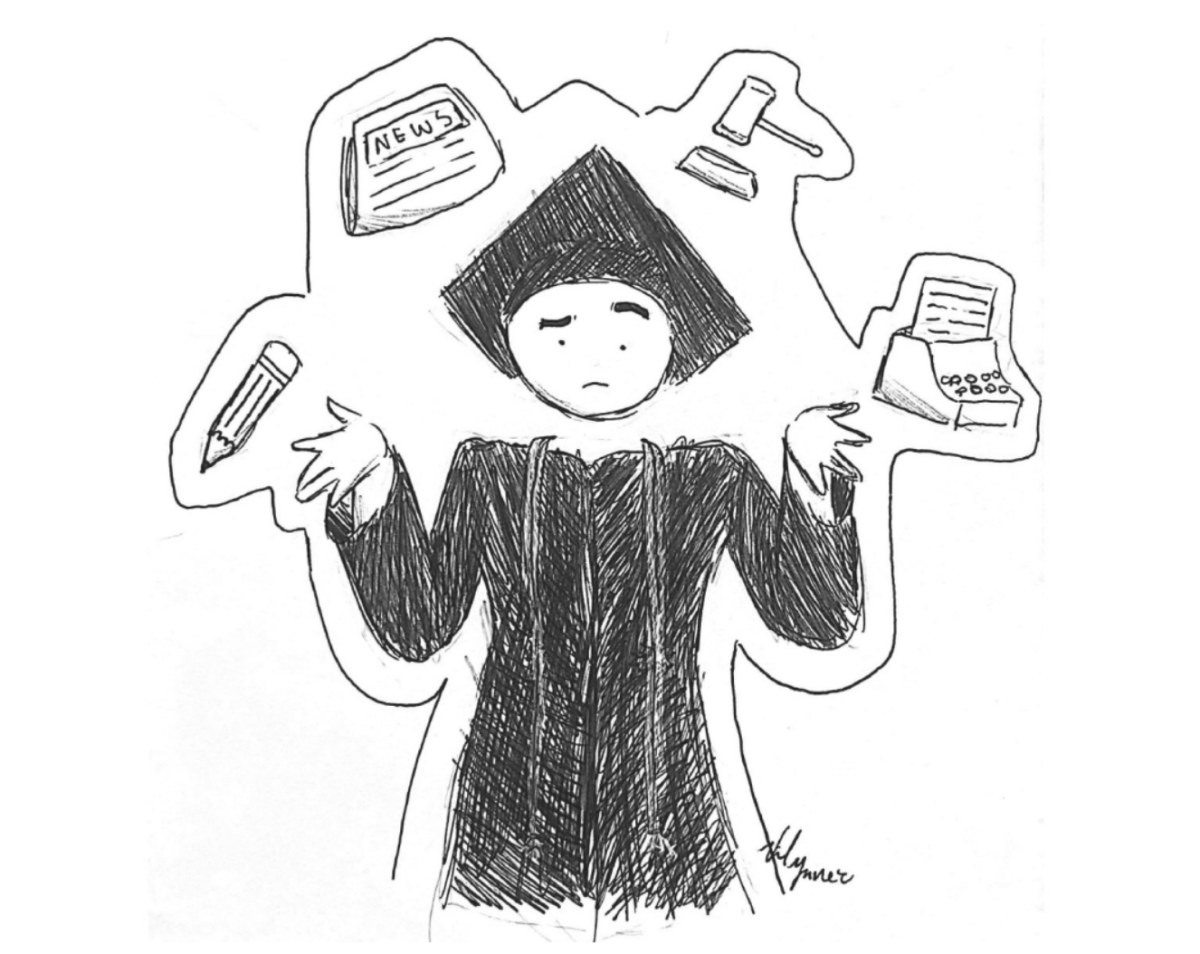
For many kids, the summer camp experience is defined by spending hours under the sun, swimming, kayaking or partaking in other enjoyable activities. However, for senior Kate Sullivan, that fun experience was quickly spoiled. In July 2019, at around midnight of her first night of camp, she awoke in a daze surrounded by people.
“I just remember waking up with all these people looking at me, and my memory is bad after that,” she said. “I was really tired and they were asking me questions like ‘do you know where you are?’ ‘do you know what year it is?’ and I was answering them, but I don’t remember what I was saying.”
Sullivan would later come to discover that she is epileptic, and she had just experienced her first seizure.
Anup Patel, Pediatric Epileptologist and Director of the Complex Epilepsy Clinic at Nationwide Children’s Hospital, explained that epilepsy is a very common chronic condition caused by the overstimulation of brain cells, which can lead to a temporary change in awareness or body movements, such as seizures.
“It is estimated that around 1.5% of people in the world have epilepsy, so about 65 million people total,” he said. “In other words, one in 26 people will develop epilepsy at some point in their lifetime.”
Epilepsy can additionally be categorized into two main groups, focal or generalized, based on the seizure’s location in the brain, Patel explained.
According to the Center for Disease Control and Prevention, focal seizures take place in a singular area of the brain and can result in twitching and confusion, while generalized seizures affect both sides of the brain. Generalized seizures can result in either petit mal seizures, which cause rapid blinking or staring into space, or grand mal seizures, which can cause the individual to fall to the ground, lose consciousness and have muscle spasms, according to the CDC.
Sullivan explained that she experiences the latter variety of seizures.
“I have full grand mal seizures,” Sullivan said. “Basically I just shake a lot, and my friends estimate that [my seizures] last for about 30 seconds total.”
Sullivan said that, although her first seizure happened while she was at summer camp in July of 2019, she was not officially diagnosed until later that year, after her second seizure.
“Originally, they actually didn’t know it was a seizure at the time, so I didn’t go home [from camp] or anything, which I probably should have,” she said. “I wasn’t diagnosed until November when I had my second one.”
She said that upon returning home from camp, she visited a neurologist, who conducted an electroencephalography (EEG) test as well as an MRI to determine if anything was unusual with her brain, but the tests came back normal, so she was not diagnosed.
Patel explained that EEG measures an individual’s brain waves and is used in combination with a close examination of a patient’s medical history as the most frequently used method of diagnosis.
Sullivan explained that, while she has only ever had two seizures, that is the minimum amount necessary to receive an official diagnosis, which is another reason why her diagnosis was postponed until her second seizure occurred.
Patel said the typical treatment for epileptic patients can vary but usually consists of an anti-seizure medication in order to prevent the seizures from ever happening.
Sullivan said she was prescribed an anticonvulsant medication, Keppra. The medication has worked well so far, but she needed to reduce her dosage as the side effects were too intense, she explained.
“I lost my appetite, I was depressed for a while and I was just exhausted all the time,” she said.
There were very few restrictions when she began taking the medication, but she was unable to drive for six months in order to ensure that the medicine was effective and safe, she added.
“The first six months where I couldn’t drive were really terrible because once you get your license you have so much freedom, but I had that taken away, which wasn’t fun,” she said.
However, despite those setbacks, Sullivan said that the medication’s side effects no longer hold her back.
“Once the side effects subsided I didn’t really even notice it anymore,” she said. “It’s just an everyday thing to me that I’ve been able to manage,” she said.















